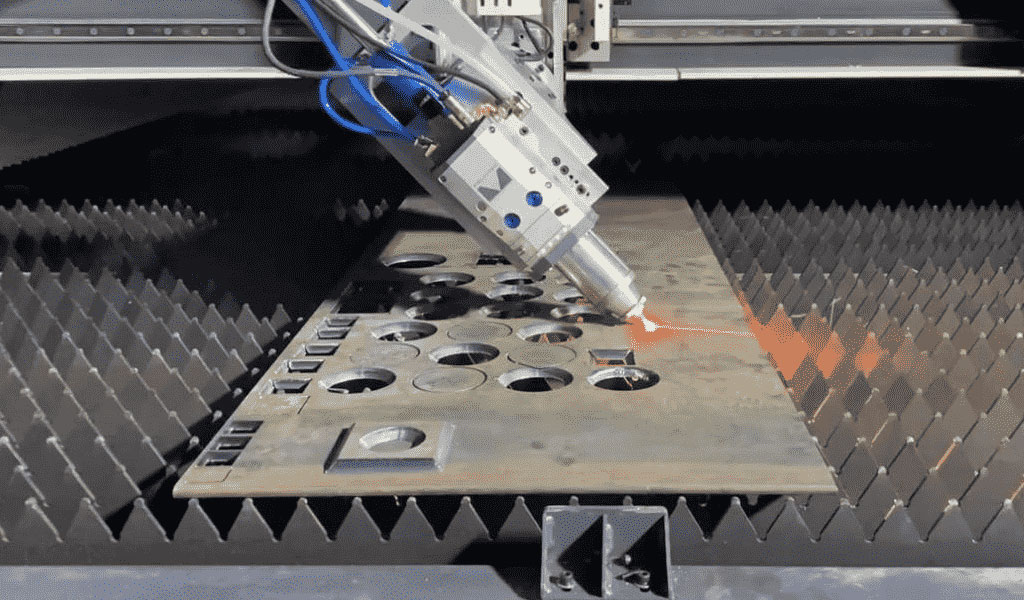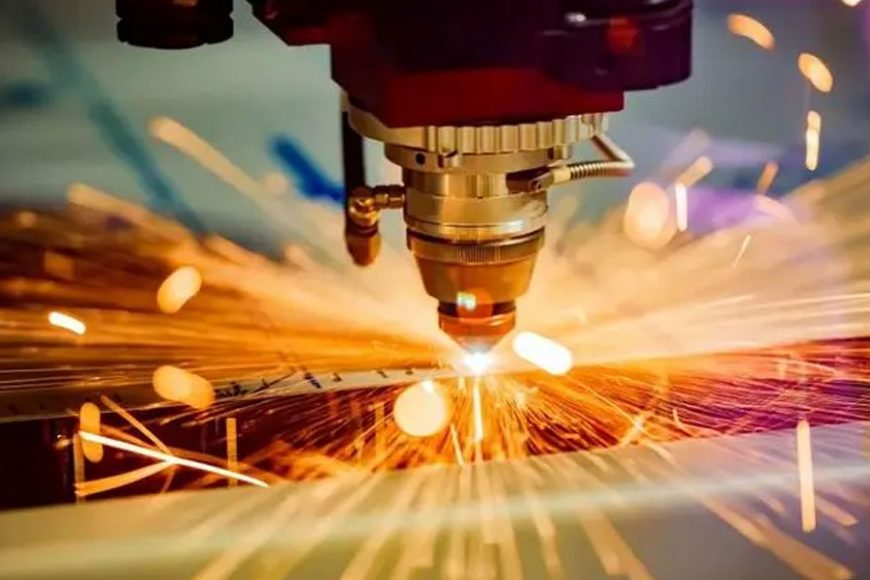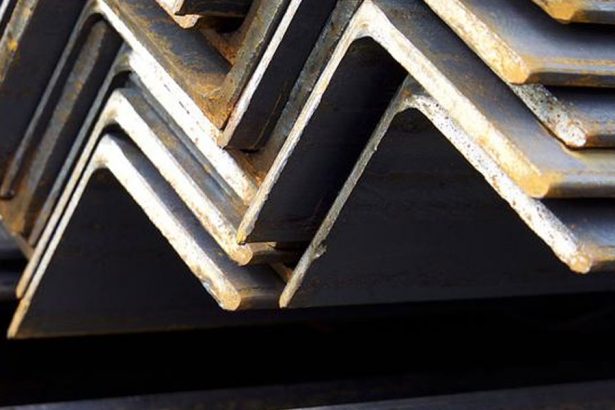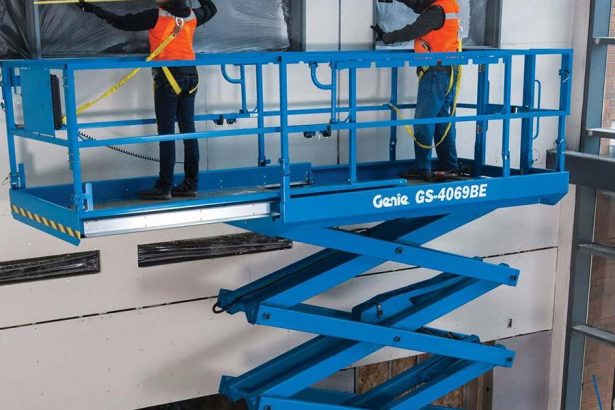Stainless steel is a versatile and widely used material in various industries, thanks to its exceptional properties, such as corrosion resistance, durability, and aesthetic appeal. Stainless steel fabrication plays a pivotal role in transforming raw stainless steel into intricate and functional products. This article will delve into the fascinating world of stainless steel fabrication, exploring its methods, applications, and benefits.
What Is Stainless Steel Fabrication?
Stainless steel fabrication is the process of shaping and forming stainless steel into various components, structures, and products. This intricate craft involves a combination of cutting, bending, welding, and assembling stainless steel materials to create customized solutions for different industries. It encompasses a wide range of techniques and technologies, ensuring the final product meets precise specifications and requirements.
Methods of Stainless Steel Fabrication
- Cutting: One of the initial steps in stainless steel fabrication is cutting the material into the desired shape. Common cutting methods include shearing, laser cutting, plasma cutting, and waterjet cutting. These techniques allow for precise and clean cuts, minimizing material wastage.
- Bending: Stainless steel can be bent into various shapes and angles to achieve the desired design. Techniques like press braking, roll forming, and mandrel bending are commonly used for this purpose. Precision in bending is crucial to maintain the structural integrity of the final product.
- Welding: Welding is a fundamental aspect of stainless steel fabrication, as it allows components to be joined together seamlessly. TIG (Tungsten Inert Gas) and MIG (Metal Inert Gas) welding are commonly used for stainless steel due to their precision and control, ensuring the welds are strong and corrosion-resistant.
- Forming: Stainless steel can be formed into complex geometries through processes such as stamping, extrusion, and deep drawing. These methods are crucial for creating parts with intricate designs and contours.
- Finishing: After fabrication, stainless steel components often undergo finishing processes such as polishing, passivation, and electropolishing to enhance their appearance and improve corrosion resistance.
Applications of Stainless Steel Fabrication
Stainless steel fabrication has a wide range of applications across various industries, including:
- Architecture and Construction: Stainless steel is a popular choice for architectural elements, such as handrails, balustrades, and façades. Its aesthetic appeal, combined with its durability, makes it a preferred material for modern building design.
- Food Processing: The food industry relies on stainless steel for its hygienic properties. Fabricated stainless steel components are used in food processing equipment, kitchen appliances, and storage containers.
- Medical and Healthcare: Stainless steel is commonly used in the medical field due to its resistance to corrosion and ease of sterilization. It is used for surgical instruments, medical devices, and hospital equipment.
- Automotive: Stainless steel fabrication plays a crucial role in the automotive industry, where it is used for exhaust systems, decorative trim, and structural components.
- Aerospace: In the aerospace sector, stainless steel is employed for its strength-to-weight ratio. It’s used in aircraft components, such as exhaust systems, landing gear, and structural parts.
Benefits of Stainless Steel Fabrication
- Corrosion Resistance: Stainless steel’s natural resistance to corrosion makes it ideal for applications where exposure to moisture or chemicals is common.
- Durability: Stainless steel is renowned for its longevity, ensuring that fabricated products have a long lifespan even in harsh environments.
- Aesthetic Appeal: The sleek and polished finish of stainless steel enhances the visual appeal of fabricated products, making it a preferred choice for modern design.
- Hygiene: In industries like food processing and healthcare, stainless steel’s ease of cleaning and sterilization is essential for maintaining high hygiene standards.
- Sustainability: Stainless steel is a recyclable material, contributing to sustainability efforts in various industries.
Conclusion
Stainless steel fabrication is a fascinating process that brings forth a diverse array of products used in many aspects of our daily lives. Its versatility, durability, and aesthetic appeal make it an enduring choice for numerous applications. Understanding the methods, applications, and benefits of stainless steel fabrication is essential for appreciating the role this material plays in shaping our modern world. Whether in architecture, healthcare, or industry, stainless steel fabrication continues to make a significant impact.

China Sheet Metal Fabrication Manufacturer
Custom precision metal fabrication services. Product specialties include UL® certified NEMA enclosures for various environmental conditions. Capabilities include punching, shearing, laser cutting, bending, machining, press brake forming, and welding. Materials worked with include mild steel, stainless steel, aluminum, brass, and more. Production volumes range from prototype to 10,000 pieces annually. Contract options include discrete orders, blanket orders, quarterly buys, and annual contracts. Value added services include inventory management, rapid prototyping, process development, design for manufacturability, inspection, supply chain management, transportation, and logistics. Industries served include aerospace, automotive, defense, electronic, electrical, entertainment, food and beverage, health, industrial automation, machinery, medical, oil, energy, power, sporting goods, telecommunications, transportation, and more.
using high quality materials
for your sheet metal parts orders
We uses a wide range of material selections for our sheet metal fabrication process. Among our materials are aluminum, stainless steel, brass, magnesium, copper, carbon steel, bronze, galvanized steel, and more. Each material is available in different grades and varieties. Rest assured that all the materials used for your sheet metal parts are durable, corrosion-resistant, long-lasting, rust-proof, wear-resistant, and high-performance. If you want a specific material to be used in the sheet metal fabrication process, don’t hesitate to contact us!
- Carbon Steel
- Stainless Steel
- Aluminum
- Brass
- Copper
- Magnesium
- Bronze
- Galvanized Steel
Why BE-CU is Trusted by 1000+ Clients
Our sheet metal fabrication covers a lot of benefits to many industries, businesses, or projects. Below are the advantages of our services.
- Affordable and Fast Production:We can quickly produce different sheet metal prototypes and final products. KDM offers speedy production while assuring high precision. Our high-volume production also allows us to have cost-effect sheet metal fabrication services.
- Excellent Strength to Weight Ratio:Through our advanced sheet metal fabrication, we can produce sheet metal parts that are lightweight yet durable. We assure high strength, scratch resistance, and corrosion resistance to all produced sheet metal products.
- Wide Range of Materials and Techniques Used:We are experts in different sheet metal fabrication techniques that allow us to produce complex parts with additional intricate features such as notches, slots, holes, etc. Our wide range of sheet metal materials can also withstand electrical, high heat, corrosion, and more.
Online Contact China Precision Sheet Metal Manufacturers
As a direct supplier of precision machined and finished complete components to all segments of the aerospace, semiconductor, automotive, and medical industries, including innovative high tech startups, BE-CU Sheet metal manufacturer is your trusted source for precision sheet metal fabrication services.
To learn more about our aluminum,stainless steel and other steel alloy sheet metal fabrication services, contact us, or give us a call at +86 153 8731 8440, and one of our expert associates will assist you. BE-CU is your trusted source for premium sheet metal fabrication services and metal spinning china manufacturer.




